Resignation or Realignment?
As Australian borders start to open up again and life starts to resemble some sort of normality, a new perspective has emerged known as the Great Resignation claiming that Australians are ditching pre-COVID burnout and pursuing a better work-life balance. The Great Resignation is a pattern coming out of the US with predictions Australia will follow. However, except for a handful of stories, a counter argument states there is no evidence of this in Australia. In fact, Australia’s resignation rate has fallen to an all-time low and Australia is trending in the other direction with fewer quitting.
Pandemic or not, it did get me thinking, what’s important is that business owners and employees feel fulfilled and enjoy coming to work. What makes a great workplace and how do we attract, retain and grow our people?
We believe that people are at the core of everything that we do - be it for our clients or ourselves as a team.
Rather than worrying about the Great Resignation, perhaps we should be focusing on The Great Realignment. As business owners and leaders, look at how we can regularly and proactively iterate and realign to ensure our workplace is one that our team loves being a part of. Our businesses need to operate in a way that is responsive to the changing environment.
An example of this is how we should think about business performance. We recently developed a Success Metrics Framework for one of our clients and it reaffirmed to us how the way we think about performance can affect our workplace.
When measuring success it is important to distinguish between inputs and outputs. Inputs are those activities we do - sending out a monthly newsletter, checking work for spelling mistakes, and writing a business proposal. Outputs are the outcomes that we care about: winning that new client, delighting an existing customer, being profitable and sustainable. The distinction is important because whilst inputs are within our direct control, outputs are influenced by a range of external factors, some of them invisible to us.
Unfortunately, all too often we can fall into the trap of measuring our performance, success and value against outputs. For example, when our teams bust their guts but the outcomes don’t come to fruition, they can feel demoralised and worthless. Or worse, we may be lulled into a false sense of achievement when we have a successful outcome but only through luck more than our effort.
Focusing on a balanced perspective of inputs and outputs - the here and now, with an eye on the future - is the antidote for operating in a world that is constantly changing and ensuring our teams remain motivated and fulfilled. One of the mechanisms we use in our team to help us realign our focus to inputs, are weekly planning sessions. These rhythmic sessions are a reminder for us all to reflect on what activities we believe are important for the week, whilst keeping the bigger picture in mind.
One thing I have learnt as a business owner and leader is that open discussion alongside small, incremental proactive improvements and iterations, makes it easier when the going gets tough and we are faced with situations such as COVID and lockdowns.
How are you going to bring a realignment mindset to work today?

